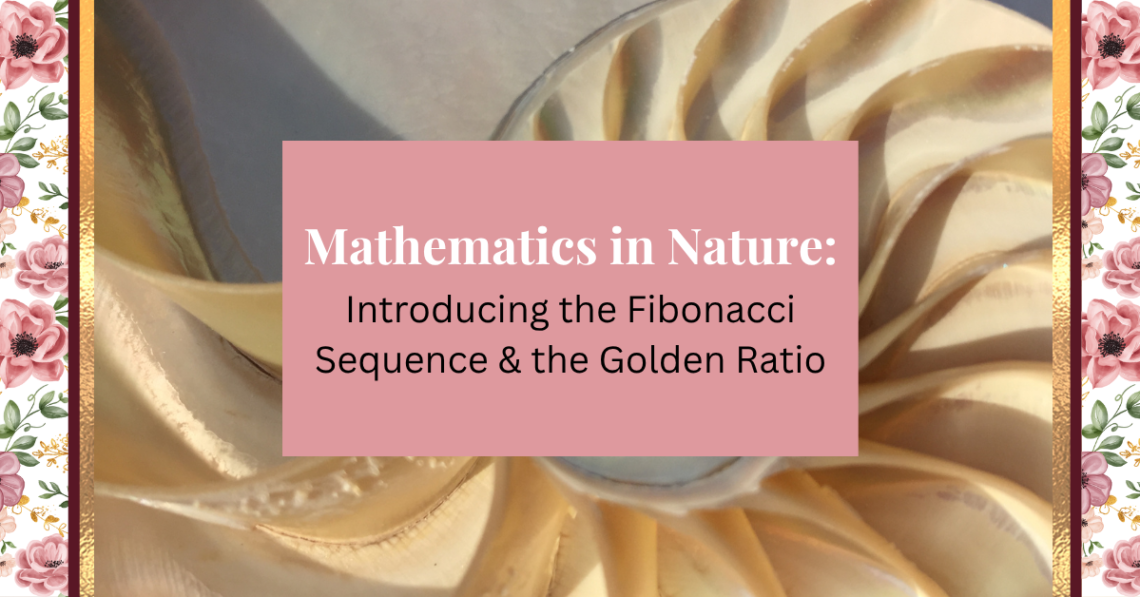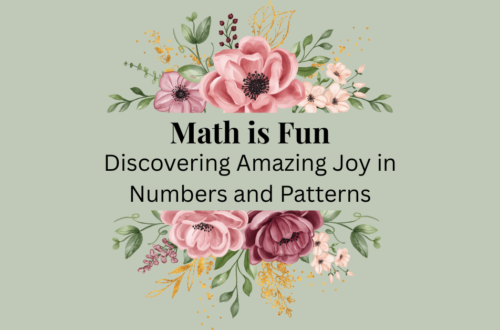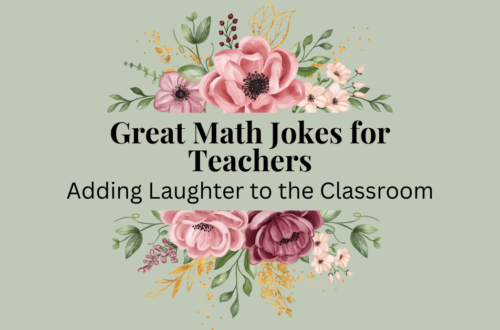Mathematics is often viewed as an abstract subject, with numbers and formulas that seem disconnected from the real world. However, mathematics is all around us—especially in nature. From the spirals of shells to the arrangement of leaves on a stem, nature follows mathematical patterns that have intrigued scientists, mathematicians, and artists for centuries. Among these patterns, the Fibonacci sequence and the Golden Ratio stand out as two of the most fascinating and widely recognized. In this post, we’ll dive into these two concepts and explore how they appear in nature, art, architecture, and more.
1. What is the Fibonacci Sequence?
The Fibonacci sequence is a simple but powerful mathematical pattern that begins with the numbers 0 and 1. Each subsequent number in the sequence is the sum of the previous two numbers. The sequence looks like this:
0, 1, 1, 2, 3, 5, 8, 13, 21, 34, 55, 89, 144, …
As you can see, each number is the sum of the two preceding numbers. This sequence can continue infinitely, and it is used in a variety of mathematical and scientific applications. What makes the Fibonacci sequence so interesting, however, is its appearance in nature.
Fibonacci in Nature
The Fibonacci sequence appears in many natural structures. Here are a few examples:
- Flower Petals: Many flowers have a number of petals that corresponds to a Fibonacci number. For example, lilies have 3 petals, buttercups have 5, daisies can have 34, 55, or even 89 petals, all numbers from the Fibonacci sequence.
- Pinecones and Pineapple: The arrangement of scales on a pinecone or the individual segments of a pineapple follows the Fibonacci sequence. If you count the spirals in these natural objects, you’ll notice that the numbers often align with Fibonacci numbers.
- Tree Branching: The branching patterns of trees often follow Fibonacci numbers. As a tree grows, it adds new branches at Fibonacci intervals, creating an efficient and balanced structure. This pattern allows the tree to maximize sunlight and nutrients.
- Animal Patterns: Some animals, like rabbits, follow Fibonacci growth patterns. The classic Fibonacci problem begins with a pair of rabbits, and each pair produces another pair every month. The growth of the rabbit population follows the Fibonacci sequence.
These are just a few examples, but Fibonacci numbers show up in many places in the natural world, demonstrating how math is a fundamental part of life around us.
2. The Golden Ratio: The Perfect Proportion
The Golden Ratio is closely related to the Fibonacci sequence, and it’s another beautiful mathematical pattern found in nature and the arts. The Golden Ratio is approximately equal to 1.6180339887… and is often denoted by the Greek letter Φ (Phi).
How is the Golden Ratio Defined?
The Golden Ratio is a mathematical relationship where the ratio of two numbers is the same as the ratio of their sum to the larger number. In other words, if we have two numbers, a and b, where a is larger than b, they are in the Golden Ratio if: \(\frac{a + b}{a} = \frac{a}{b} = \Phi \approx 1.618\)
This equation expresses the idea that the larger part (a) and the smaller part (b) are proportionally related in a way that creates the most aesthetically pleasing ratio in both nature and human creations.
Golden Ratio in Nature
The Golden Ratio appears in many natural phenomena, often in ways that are both visually striking and mathematically elegant:
- Flower Petals: Like the Fibonacci sequence, many flowers’ petal arrangements follow the Golden Ratio. For example, the number of petals in some species of lilies, sunflowers, and daisies is closely related to the Golden Ratio.
- Shell Spirals: The spiral shape of seashells, such as the nautilus shell, follows the Golden Spiral, which is a logarithmic spiral that grows outward in the Golden Ratio. As the shell expands, each new curve is proportional to the one before it.
- Hurricane and Galaxies: The spiral patterns of hurricanes and galaxies also approximate the Golden Spiral. These massive, natural formations exhibit the same proportions that we find in smaller, living organisms.
- Animal Bodies: Many animals, including humans, exhibit the Golden Ratio in their body proportions. For instance, the ratio of the distance from the top of the head to the navel and from the navel to the feet is often very close to the Golden Ratio in many people.
The Fibonacci Sequence and the Golden Ratio
While the Fibonacci sequence is a simple numerical progression, it is closely linked to the Golden Ratio. In fact, as you move further along the Fibonacci sequence, the ratio between consecutive Fibonacci numbers approaches the Golden Ratio. For example:
- 5/3 = 1.666…
- 8/5 = 1.6
- 13/8 = 1.625
- 21/13 = 1.615
As the numbers get larger, the ratio gets closer and closer to 1.618, which is the Golden Ratio. This convergence is one of the most intriguing aspects of these two mathematical concepts.
3. The Golden Ratio in Art & Architecture
Beyond nature, the Golden Ratio has long been associated with beauty and harmony in art and architecture. The ancient Greeks were aware of this special proportion and used it in their sculptures and buildings, believing it created aesthetically pleasing forms.
- The Parthenon: The Parthenon in Athens is one of the most famous examples of architecture based on the Golden Ratio. The dimensions of the columns and the overall proportions of the building adhere to the Golden Ratio, making it both visually stunning and mathematically harmonious.
- Renaissance Art: Renowned artists like Leonardo da Vinci and Michelangelo used the Golden Ratio in their artwork. Da Vinci’s Vitruvian Man, for example, is based on the ideal human proportions, which are often described using the Golden Ratio.
- Modern Design: Many modern artists and designers still incorporate the Golden Ratio into their work. For example, graphic designers often use the Golden Ratio to create visually balanced layouts in advertisements, websites, and logos.
4. Why Is the Fibonacci Sequence and Golden Ratio Important?
The Fibonacci sequence and Golden Ratio provide a window into how math is not just an abstract subject but a fundamental part of the world around us. By recognizing these patterns in nature and human creation, we gain a deeper appreciation for the beauty and order of the world.
The Fibonacci sequence teaches us how simple mathematical patterns can lead to complex and elegant results in nature. Similarly, the Golden Ratio shows us how proportion and symmetry create harmony, whether in a sunflower, a piece of art, or a building.
Conclusion
From the spirals in shells to the petals on flowers and the proportions in art and architecture, the Fibonacci sequence and Golden Ratio are living examples of how mathematics shapes the world around us. These mathematical concepts, found both in nature and human creations, demonstrate the deep connection between math and the beauty of our world.
Have you noticed the Fibonacci sequence or Golden Ratio in nature or art around you? Share your discoveries in the comments below! Let’s keep the conversation going and celebrate the fascinating patterns that make math so beautiful!





